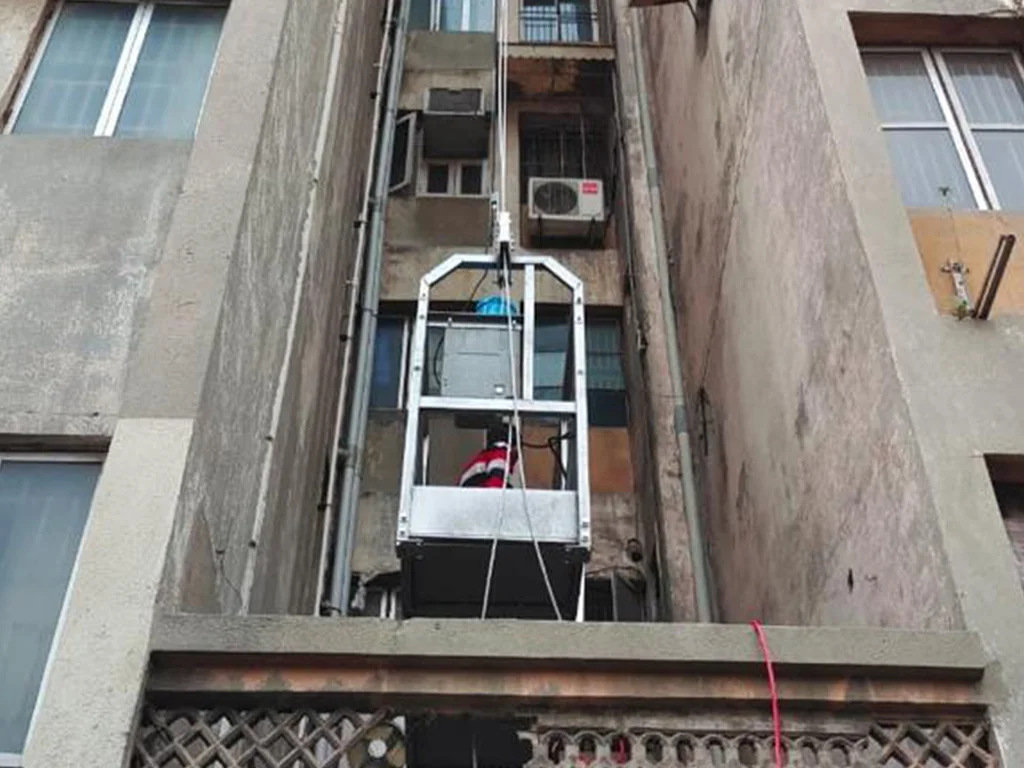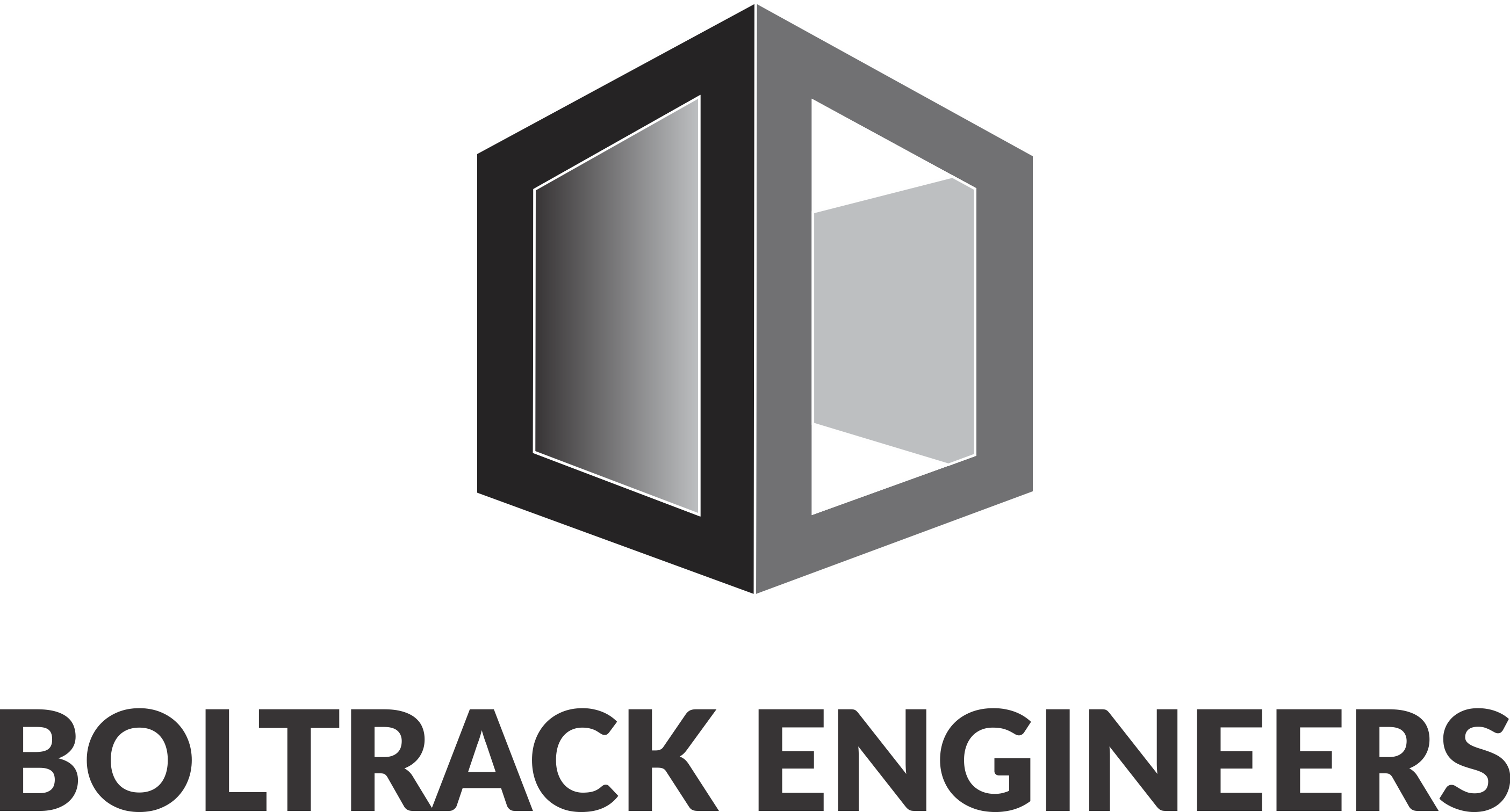
Glass Lifting Equipment

Have you ever seen the huge glass buildings? If yes, have you wondered how these glasses are installed? Installing glass sheets is very risky.
Have you ever seen large glass buildings? If yes, have you ever thought about how these glasses are installed? It is too risky to install glass sheets. At such heights, one does require some glass lifting equipment for protection. We are the ethos that only believes in focusing on the workers. The glass lifting equipment can handle large weights.
Glass lifting for advancement
Glass lifting equipment is the frontier of technology. The market is expected to expand at a CAGR of 3% over the forthcoming years due to rising demands for aesthetically pleasing architectural designs due to the expansion of glass lifting equipment.
In both commercial and residential sectors, machines are required to raise heavy glass panels and simplify the installation process efficiently. A number of equipment have henceforth been developed to manage this task easily.
Glass Lifting Equipment Uses
Glass lifting equipment is used to safely move and handle large sheets of glass during construction and renovation projects. These machines usually involve special cranes, hoists, and suction cups designed to lift and position glass panels without causing damage.
- Vacuum Lifters: These are some of the most common tools, and suction cups are used to grasp and lift glass safely. A pump provides suction, which can be adjusted according to the type and thickness of glass. Some models have multiple suction cups for large or oddly shaped panels.
- Cranes: Cranes are installed with precision controls and are loaded with safety features, making use of brakes, limit switches, load indicators, and anti-collision devices presenting the exact state to lift and manipulate large glass panels.
- Hoists, Slings, and Harnesses: Hoists, slings, and harnesses: In addition, these devices confer supplemental support and control and can be, therefore, used along with cranes or vacuum lifters to enhance safety.
Appropriate training and compliance with safety regulations are paramount in operating glass lifting equipment to avoid injury or accident.
Our glass lifters’ assurance
- Safety First: We use superior materials and professional engineering to manufacture glass lifters.
- Ergonomics: Our glass lifting equipment ensures smooth and comfortable operation and is designed to enhance the working environment.
- Cost-Effectiveness: Glass lifters reduce labour needs, hence lowering operational costs.
- Time Efficiency: Glass lifters expedite operations and spare labourers from lifting heavy weights manually, minimizing fatigue.
- Versatility: Capable of moving large glass panels safely and efficiently within the warehouse or job site.
- Precision: Our products are rigorously tested to ensure accuracy in glass installation.
Wide Range of Glass Equipment
Boltrack offers a wide range of glass lifting devices, including vacuum lifters, suction cups, and elevators. These lifters are ideal for on-site construction, workshop use, or transporting glass panels, tailored to users’ specific requirements.
Why Choose Boltrack Glass Lifters?
- Manufactured to meet quality standards.
- Advanced safety features include automatic locking mechanisms, bracing suspension systems, and all the safety features for fall arrest.
- Simple operation and low maintenance recommend this glass lifter for contractors, builders, and workshop owners.
How to Choose the Perfect Glass Lifter
Choosing a glass lifter can be difficult. Some factors to consider include:
- Weight Capacity: Ensure the lifter supports the weight of your glass panels.
- Lift Height: Select equipment suitable for your required height.
- Glass Type: Ensure compatibility with tempered, laminated, or other glass types.
- Maneuverability: Opt for a lifter that operates within your available space.
- Safety Features: Prioritize those with locking mechanisms and fall protection.
- Durability and Maintenance: Choose for longevity and low maintenance to save money.
- Price: Compare the features and pricing to meet your budget.
Glass Lifter Rental at Boltrack
The process of getting equipment from us is not hectic at all. You just have to follow some simple steps, and that is it. But first, let’s understand what form we give our equipment to use.
We provide glass lifting equipment for rental. Reach us via mail, phone, or our website. Let us know your rental period, and we will provide a quotation. Our team ensures you receive instructions and safety guidelines for operation.
Benefits of Boltrack Glass Lifters
- Dual vacuum systems to improve performance and safety.
- Simplified and accurately adjusted glazing processes.
- Designs tailored for specific rotation and tilting requirements.
- Continuous innovation to integrate the latest technological advancements.
Conclusion
Boltrack offers a wide array of reliable glass lifting solutions, making us a trusted name in this field. Take some time to explore our selection of glass lifting equipment today for unparalleled efficiency and safety.
YOU DREAM IT, WE BUILD IT
We are in the field of customization. We are the ones who can design the cradle according to your site’s needs. We have a “CURVE” SHAPE CRADLE, “W” SHAPE CRADLE, CRADLE FOR CHIMNEY WORK, “SQUARE” SHAPE CRADLE, and “L” SHAPE CRADLE loaded with modern safety accessories. The company’s products are advanced in design, safe, reliable, and easy to use. They are low-cost and require simple maintenance.
We Set New Industry Standards













